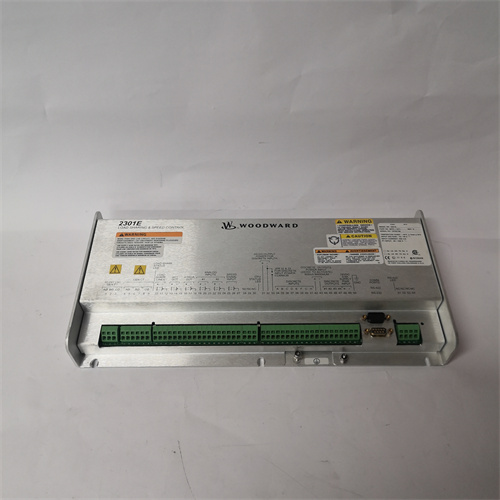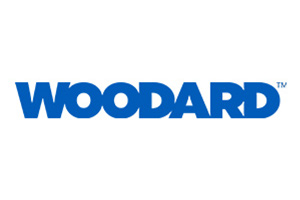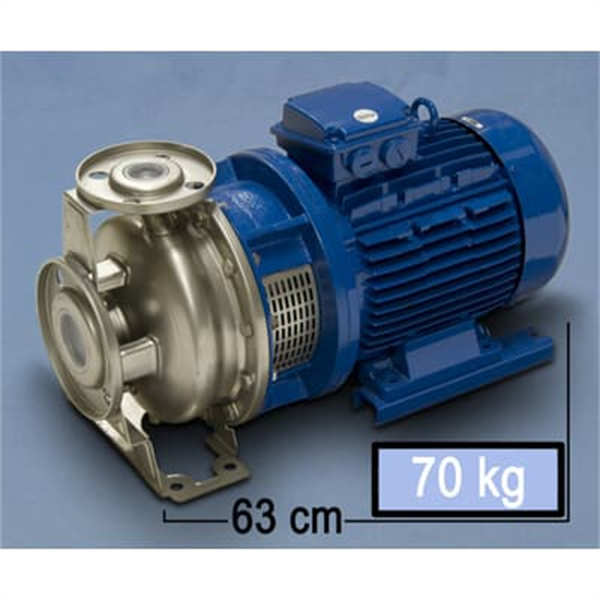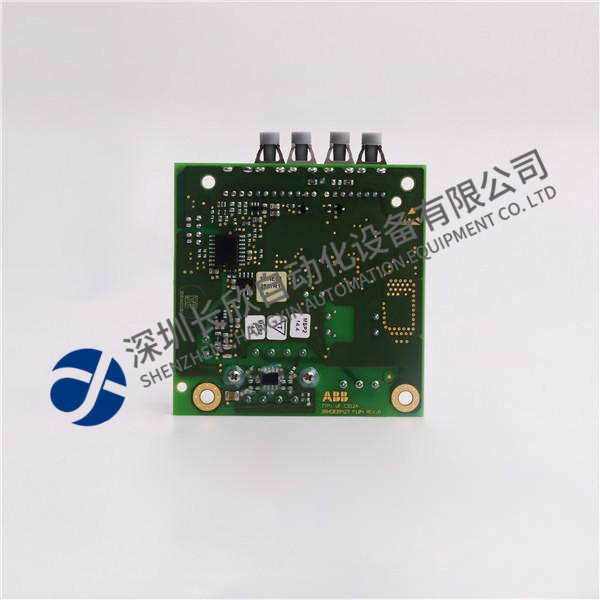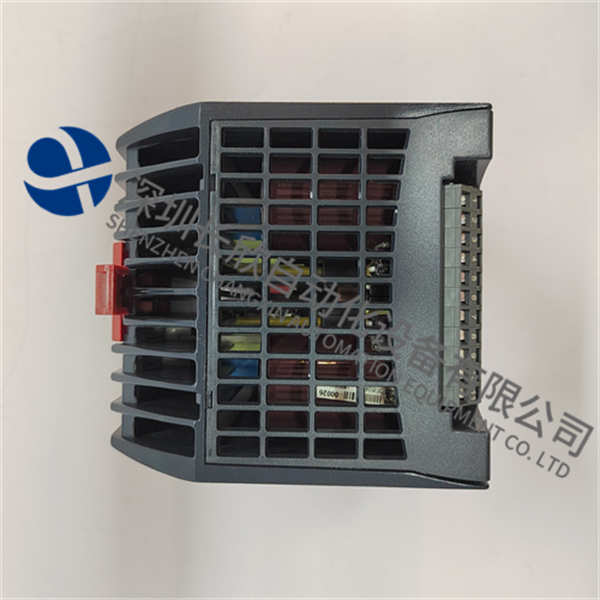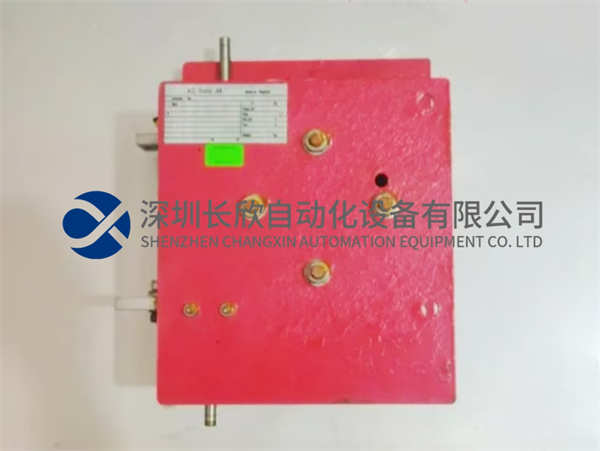描述
WOODWARD 2301E 8273-1011产品详情
产品概述
WOODWARD 2301E 8273-1011是一款高性能的控制主板模块,专为发动机控制和自动化系统设计。它集成了先进的数字处理技术,能够监测和控制发动机的运行,确保其稳定、高效地工作。该模块广泛应用于发电机组、工业机械等需要精确控制发动机负载分配和速度的场合。
核心功能
负载分配与速度控制:
该模块能够精确控制由柴油或气体发动机驱动的发电机的负载分配和速度。它基于微处理器设计,兼容并扩展了早期型号(如2301A和2301D)的负载共享控制功能,无需额外设备即可实现更复杂的控制逻辑。
可编程性:
模块支持通过外部计算机进行配置和编程,用户可以根据具体应用需求编写和加载控制程序。其灵活的软件架构允许用户根据需求调整控制策略,如PID控制、速度控制等。
多模式控制:
提供同步模式、下垂模式或基本负载模式下的控制选项。同步模式用于保持原动机速度恒定,下垂模式用于根据负载变化调整速度,基本负载模式则提供恒定的负载级别操作。
实时监测与反馈:
模块能够实时监测发动机的运行参数,如温度、压力、电流等,并提供实时数据反馈。这有助于用户及时了解发动机状态,进行必要的调整和维护。
故障检测与保护:
内置故障检测功能,能够监测系统和传感器的状态。在出现异常情况时,模块会触发警报并采取必要的保护措施,如切断电源、调整负载分配等,以防止发动机在异常或危险条件下运行。
技术规格
输入输出接口:
模块配备多个数字输入和输出通道,用于连接传感器、执行器和其他设备。
包含1路可配置模拟输出、2路可配置模拟输入、8个离散(开关)输入(其中3个可配置)和4路可配置离散(继电器驱动器)输出。
通信接口:
提供2个串行端口(RS-232和RS-422),支持与其他系统组件和上级控制系统进行数据交换和通信。
环境适应性:
工作温度范围:-4°F至+140°F(-20°C至+60°C),储存温度范围:-4°F至+158°F(-20°C至+70°C)。
具备良好的抗振性,能够在恶劣的工业环境中稳定运行。
电源要求:
输入电压范围:90-264V AC/47-63Hz,支持多种电源环境。
应用场景
发电机组控制:用于控制柴油或气体发动机驱动的发电机,确保电网的稳定供电。
工业机械自动化:在需要精确控制发动机负载和速度的工业机械中,如压缩机、泵等。
分布式能源系统:在微电网、分布式发电等系统中,实现多台发动机的协同控制和优化运行。
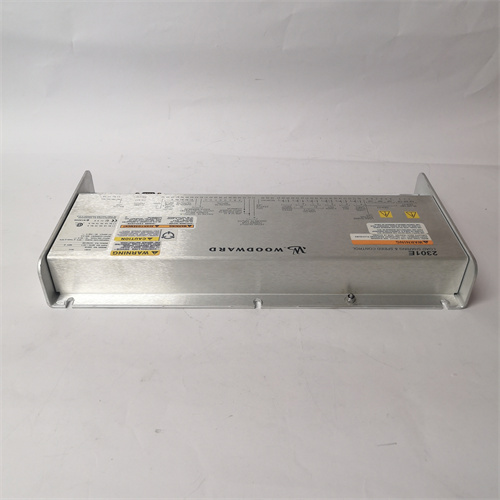
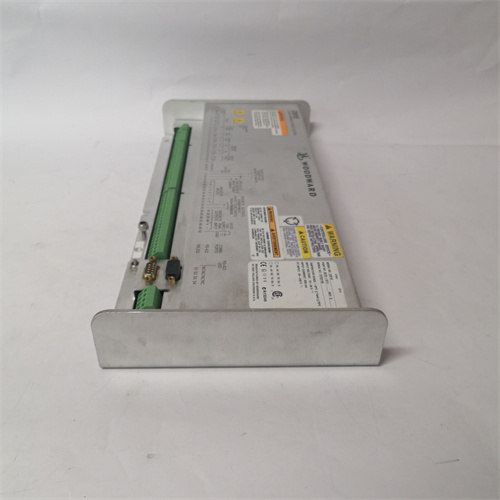
WOODWARD 2301E 8273-1011 Product Details
Product Overview
WOODWARD 2301E 8273-1011 is a high-performance control motherboard module designed for engine control and automation systems.It integrates advanced digital processing technology to monitor and control the operation of the engine to ensure its stable and efficient operation.The module is widely used in generator sets,industrial machinery and other occasions where precise control of engine load distribution and speed is required.
Core Functions
Load Distribution and SpeedControl:
The module can accurately control the load distribution and speed of generators driven by diesel or gas engines.It is based on a microprocessor design,compatible with and expands the load sharing control function of earlier models(such as 2301A and 2301D),and can achieve more complex control logic without additional equipment.
Programmability:
The module supports configuration and programming through an external computer,and users can write and load control programs according to specific application requirements.Its flexible software architecture allows users to adjust control strategies such as PID control,speed control,etc.according to their needs.
Multi-mode control:
Provides control options in synchronous mode,droop mode or basic load mode.Synchronous mode is used to keep the prime mover speed constant,droop mode is used to adjust the speed according to load changes,and basic load mode provides constant load level operation.
Real-time monitoring and feedback:
The module can monitor the engine’s operating parameters such as temperature,pressure,current,etc.in real time and provide real-time data feedback.This helps users to understand the engine status in time and make necessary adjustments and maintenance.
Fault detection and protection:
Built-in fault detection function can monitor the status of the system and sensors.When an abnormal situation occurs,the module will trigger an alarm and take necessary protection measures,such as cutting off power,adjusting load distribution,etc.,to prevent the engine from operating under abnormal or dangerous conditions.
Technical specifications
Input and output interface:
The module is equipped with multiple digital input and output channels for connecting sensors,actuators and other devices.
Includes 1 configurable analog output,2 configurable analog inputs,8 discrete(switch)inputs(3 of which are configurable)and 4 configurable discrete(relay driver)outputs.
Communication interface:
Provides 2 serial ports(RS-232 and RS-422)to support data exchange and communication with other system components and upper control systems.
Environmental adaptability:
Operating temperature range:-4°F to+140°F(-20°C to+60°C),storage temperature range:-4°F to+158°F(-20°C to+70°C).
With good vibration resistance,it can operate stably in harsh industrial environments.
Power supply requirements:
Input voltage range:90-264V AC/47-63Hz,supporting a variety of power supply environments.
Application scenarios
Generator control:used to control generators driven by diesel or gas engines to ensure stable power supply to the power grid.
Industrial machinery automation:in industrial machinery that requires precise control of engine load and speed,such as compressors,pumps,etc.
Distributed energy system:in microgrids,distributed power generation and other systems,to achieve coordinated control and optimized operation of multiple engines.

